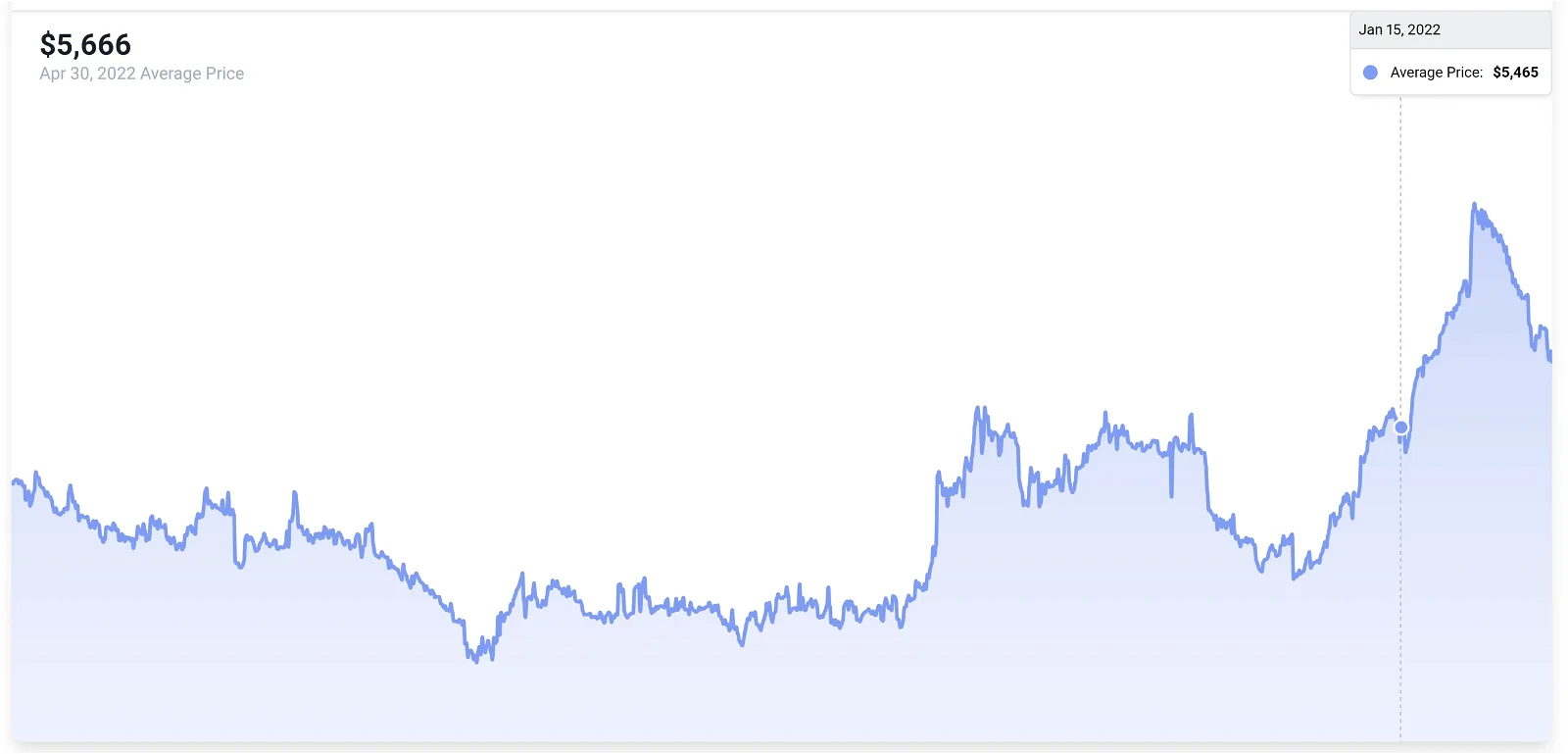Check any diamond's price & quality
Transact with confidence — get fair price, cut score, visual carat and more

Check any diamond's price & quality
Transact with confidence — get fair price, cut score, visual carat and more

StoneAlgo

StoneAlgo’s Fair Price estimates are the most advanced in the diamond industry, providing shoppers with more confidence and a better understanding of any GIA certified diamond’s fair value.
We rate every diamond based on its Fair Price estimate to help you better understand if it’s truly a great deal. StoneAlgo indexes over 2,000,000 diamond prices daily to ensure these deal ratings are fair and accurate.
Available only for round diamonds, our cut score takes diamond cut grades to the next level. While the GIA, AGS, IGI, EGL, and other grading agencies each have their own unique grading systems, StoneAlgo’s cut score is an unbiased and far more precise indicator of a diamond’s light performance. Go beyond “Excellent vs. Ideal Cut diamonds” and find a nearly perfect 9.0+ Cut Score to ensure your diamond sparkles like crazy. Read more about our Diamond Cut Score.
StoneAlgo shows live diamond price charts for every diamond we have ever had in our database, showing the price that diamond was listed for at the jewelers we work with. If we haven’t seen the diamond, we’ll show you the average price of similar diamonds we’ve tracked in our database historically.
Never miss a diamond price change with our custom price alerts. Simply click on the bell icon or the diamond price chart to set a diamond price alert and we’ll e-mail you if the diamond drops below your price point.
Bookmark any diamond to add it to your vault so you can easily add notes, track prices, and manage your favorite diamonds. Easily run GIA certificate verifications from your custom Vault dashboard to see a GIA Check anytime.
Certain diamond color grades pair well with faint or medium fluorescence and our experts will let you know if your diamond exhibits the perfect combination of color and fluorescence grade.
If we can’t find your diamond in our database our diamond search engine will automatically scan the market and generate a customized search so you can see the best prices on diamonds like yours.
Chat us anytime using the Ask Us button and we’ll give you personalized diamond buying advice to make sure you find the perfect GIA certified diamond at a fair price. We can assist you with a GIA certificate lookup if you’re having any problems or answer crazy specific diamond questions.
© 2025 StoneAlgo, Inc. All rights reserved.